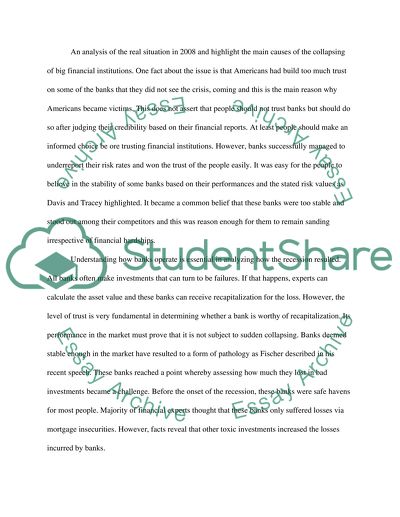Cite this document
(“Have we learned any lessons from the financial crisis of 2007-8 Assignment”, n.d.)
Have we learned any lessons from the financial crisis of 2007-8 Assignment. Retrieved from https://studentshare.org/finance-accounting/1467138-have-we-learned-any-lessons-from-the-financial
Have we learned any lessons from the financial crisis of 2007-8 Assignment. Retrieved from https://studentshare.org/finance-accounting/1467138-have-we-learned-any-lessons-from-the-financial
(Have We Learned Any Lessons from the Financial Crisis of 2007-8 Assignment)
Have We Learned Any Lessons from the Financial Crisis of 2007-8 Assignment. https://studentshare.org/finance-accounting/1467138-have-we-learned-any-lessons-from-the-financial.
Have We Learned Any Lessons from the Financial Crisis of 2007-8 Assignment. https://studentshare.org/finance-accounting/1467138-have-we-learned-any-lessons-from-the-financial.
“Have We Learned Any Lessons from the Financial Crisis of 2007-8 Assignment”, n.d. https://studentshare.org/finance-accounting/1467138-have-we-learned-any-lessons-from-the-financial.


